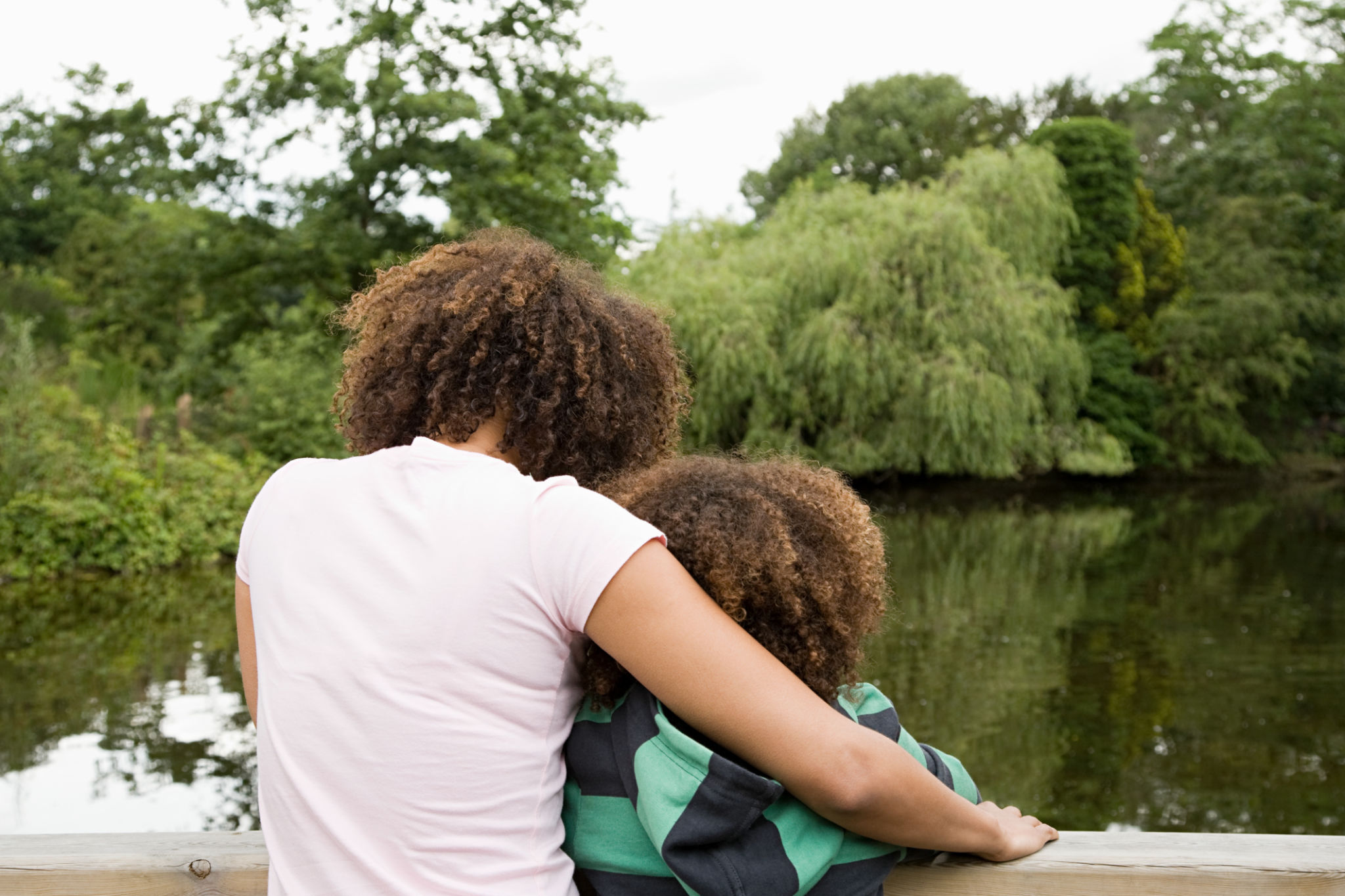- About us
- Registration is now open for the 2026 online courses!
- The Ecofeminist Society (Join now as a founding member!)
- Services
- Diversity & Inclusion Workshops
- Training and Consultancy
- Keynote Speeches
- Gallery
- Blog
- The Ecofeminist Institute's first edition of the Sacred Pathways Ecofeminist Retreat, September 2025, Morocco
How does gender affect environmental policies?
On Gender and Environmental Policies
The intersection of gender and environmental policies is a crucial area of study, and has been gaining more attention as we strive for global shifts towards sustainable development. This relationship reveals how gender roles and identities can influence environmental decision-making processes and outcomes. Understanding the gender dynamics when it comes to drafting all the way to implementing climate policies is therefore essential for creating inclusive and just environments that ensure accessibility for all (despite how utopian this sounds!)

The role of women in environmental advocacy
Women have historically played significant roles in environmental movements, as they have historically been baring the intersecting consequences of patriarchal socio-climatic issues. Having birthed ecofeminism in postcolonial countries such as India (The Chipko Andolna movement for instance), all the way to leadership roles in academia and scholar-activism (Vandana Shiva), their involvement in academic research, grassroots activism, and policy advocacy has been instrumental in addressing issues such as deforestation, fossil extraction, pollution, and climate change. Women's involvement in climate research and activism has also opened the door for other women (trans*, women with disabilities, women from the global majority, etc.) to dare to hold the mic too and speak up through intersectional lenses. The domino effect also led to the exploration of the enmeshment of queer and climate justice, and how cis-hetero extractivist patriarchy dominates land, resources, and non cis-het-able-white-bodies.
Yet despite global movements, extensive (yet not enough!) scholarship on such intersections, we (people from the global majority, queer people, people with disabilities) remain laregely underrepresented in decision-making positions related to environmental policies around the world. This lack of representation can lead to policies that do not fully account for the needs and insights of more than half of the world's population. Consequently, we are currently living in times where climate governance (from funding, distribution of resources, access to influential postitions, to policy changes) is elitist, ableist, heavily binary gendered, filled with white / nordic favouritism.
Gender-specific impacts of environmental policies
Environmental policies can have varying impacts on different genders due to existing and emerging social and economic inequalities. For example, racialised people in formerly/currently colonised lands are responsible for gathering and managing household resources like water and energy. Policies that fail to consider the colonial impact of societal and infrastructural development can inadvertently reinforce racialised gender inequalities, placing a heavier burden on women who remain entrapped in enforced traditional roles.

On the other hand, Indigenous knowledge is not just valuable—it’s essential—for healing the deep wounds left by fossil-fuelled, extractive masculinities that continue to drill, dominate, and dispossess lands and peoples across the globe. These masculinities are not only environmentally violent, but also uphold colonial hierarchies that view nature as a resource to be conquered, not a relation to be respected. Indigenous ways of knowing offer radically different epistemologies—relational, reciprocal, and often grounded in care-based practices that centre interdependence over control.
But here's the catch: if we want to meaningfully integrate and formalise these knowledge systems into so-called legitimate frameworks, we first need to start by acknowledging—and, crucially, decriminalising—the existence of gender diversity in Indigenous communities. That means recognising identities and roles beyond the colonial male/female binary, many of which were violently erased or suppressed by Eurocentric laws and Christian or Islamic moralities imposed through colonisation and imperialism.
Take, for example, the Zapotec people in Oaxaca, Mexico, where muxe—a recognised third gender—have long existed as an integral part of the community. Or the Diné (Navajo), who traditionally recognise four gender roles, including nádleehi, people who embody both feminine and masculine traits. These roles weren’t just tolerated—they were often revered.
Closer to my own context, the Imazighen (indigenous people of North Africa) had—and in some cases still have—gender roles and expressions that resisted binary constraints. Many pre-Islamic Amazigh traditions featured matrifocal or gender-flexible social structures, with priestesses, warriors, and spiritual leaders who didn't fit neatly into Western gender categories. Oral histories and symbol like the Tifinagh script or the goddess Tannit ( goddess of fertility and the moon, who was the patron goddess of Carthage and is related to Ishtar and Astarte) point to a time when gendered power was more fluid, embodied, and entangled with land-based practices. But centuries of Arabisation, colonial rule by the French and Spanish, and the ongoing policing of queerness through state and religious mechanisms have muted these legacies, turning queerness into something ‘foreign’ or ‘un-African,’ when in fact it was always there.
So yes, Indigenous knowledge can guide us toward more sustainable futures but not if we continue to strip it of its queerness, its plurality, and its refusal to fit neatly into Western (or colonial) norms. Restoring land without restoring gendered and spiritual sovereignty is just another form of greenwashing, wrapped in performative allyship. Decriminalising Indigenous gender diversity isn't a side note, it’s a precondition for any genuine climate justice.
Conclusion: what would a queer, decolonial climate policy even look like?
It’s clear that current environmental governance, from the UNFCCC to the Paris Agreement, still operates within rigid state-centric, colonial, eurocentric, and binary gendered logics. These frameworks love to use buzzwords like “gender mainstreaming” and “inclusivity,” but rarely (if ever) address the roots of systemic exclusion: resource (human and non-human)-driven colonialism, cisheteropatriarchy, racial capitalism. The result? A climate policy space that keeps rewarding the same voices, reinforcing the same systems, and replicating the same harm.
I know, the Gender Action Plan under the UNFCCC exists. But let’s not confuse presence with power. Most international climate negotiations still treat gender as a “side issue,” something to tack on after the big boys in suits finish talking about carbon markets and GDPs. And while some progress has been made (hello, observer status and tokenised panels), representation without redistribution is just window dressing.
So what would it mean to actually queer climate governance? To stop measuring success through carbon-only metrics and instead centre interdependence, land rematriation, disability justice, and Indigenous queer resurgence? To craft climate policy that doesn’t just “accommodate” but is co-authored by people who’ve been historically silenced: queer Black and Indigenous women, trans* people, disabled people, and undocumented migrants.
If we are serious about a just transition, then we need to move beyond merely adding colour and pronouns to the margins of existing systems. We need to dismantle the systems themselves. That means rethinking not just what gets protected, but who gets to define protection. It means not just “integrating gender,” but deconstructing the entire colonial gender order that underpins global environmental harm.
In other words: no climate justice without gender justice. No sustainability without sovereignty. And definitely no green futures without queering the roots.
